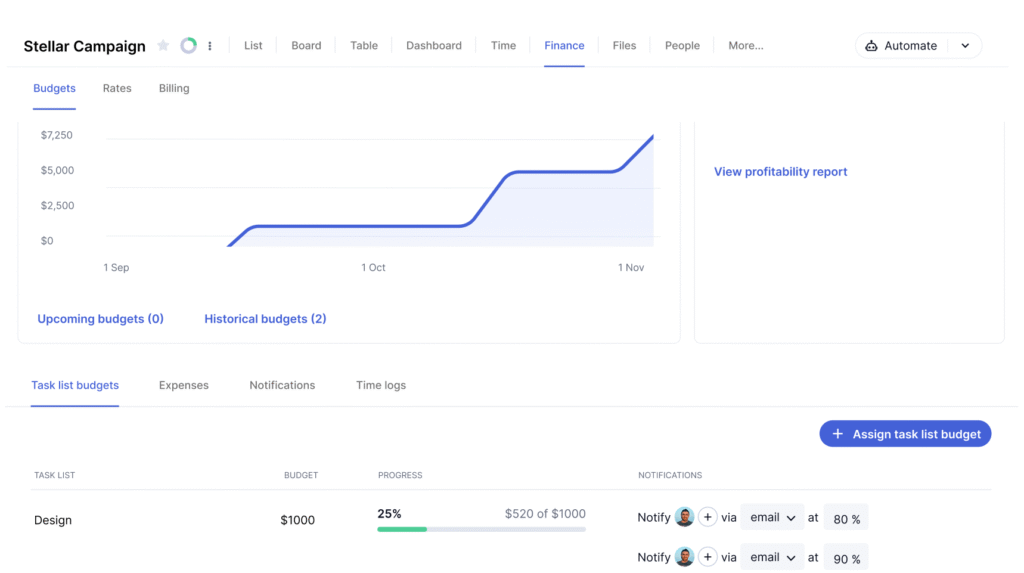Introduction: Why Scalability Is the Key to E-commerce Success
Building an e-commerce business is one thing — but scaling it sustainably is what separates hobby stores from million-dollar brands. Scalability means your business can handle more customers, more orders, and more revenue without breaking operations or quality.
At eCeez, we help businesses streamline automation, marketing, SEO, inventory, and customer support to unlock growth on platforms like Shopify, Amazon, Walmart, eBay, Etsy, and TikTok.
In this guide, we’ll break down exactly how to build a scalable e-commerce business from the ground up — whether you’re starting from scratch or looking to expand.

Step 1 – Validate Your E-commerce Idea
Before investing time and money, validate your business idea.
Why it matters:
If your product isn’t in demand, scaling will be impossible.
How to validate:
- Market Research – Use tools like Google Trends and keyword research to identify demand.
- Competitor Analysis – Study your competitors’ strengths and weaknesses.
- Test Sales – Launch a minimal viable product (MVP) or pre-order campaign.
Step 2 – Choose the Right Platform for Growth
Your platform is the foundation of your scalability.
Top scalable platforms:
- Shopify – Best for custom branding & automation.
- Amazon – High traffic, but competitive.
- Walmart Marketplace – Growing reach in the U.S.
- Etsy – Ideal for handmade or unique items.
- TikTok Shop – Social commerce with viral potential.
📌 Internal Link: Learn more about our E-commerce Automation Services for faster scaling.
Step 3 – Build a Strong Brand Identity
A strong brand is easier to scale because customers trust and remember it.
Key elements:
- Logo & Branding – Consistent colors, fonts, and tone.
- Storytelling – Share your mission and values.
- Product Presentation – High-quality photos, clear descriptions.
Step 4 – Automate Operations Early
Scaling without automation = chaos.
Areas to automate:
- Order Processing – Integrate with inventory tools.
- Customer Support – AI chatbots and help desks.
- Marketing Campaigns – Scheduled social posts, email flows.
📌 Internal Link: Explore our AI-Powered E-commerce Automation solutions.
Step 5 – Invest in Data-Driven Marketing
Growth isn’t possible without customers, and the best marketing decisions are backed by data.
Best practices:
- Use SEO to drive organic traffic.
- Run Meta Ads and Google Ads targeting high-intent buyers.
- Leverage retargeting campaigns for higher conversions.
💡 External Link: See HubSpot’s guide to e-commerce marketing.
Step 6 – Optimize for Customer Experience
Happy customers = repeat buyers = scalability.
Ways to improve experience:
- Fast delivery and accurate inventory.
- Responsive customer support.
- Easy returns policy.
Step 7 – Measure, Optimize, and Repeat
Scalability is not a one-time task — it’s an ongoing cycle.
Track these KPIs:
- Conversion Rate
- Average Order Value (AOV)
- Customer Lifetime Value (CLV)
- Return on Ad Spend (ROAS)
📌 External Link: Learn from Shopify’s scaling strategies.
Common Mistakes to Avoid When Scaling
- Expanding too fast without systems in place.
- Ignoring customer feedback.
- Relying on one sales channel.
Conclusion: Take Your E-commerce from Startup to Scalable
To build a scalable e-commerce business, you need a combination of the right platform, automation, branding, marketing, and data-driven decisions.
At eCeez, we provide end-to-end solutions to help e-commerce brands grow without limits.
🚀 Ready to scale your e-commerce business? Contact us today and let’s get started.

FAQ – Build a Scalable E-commerce Business
Q1: What does it mean to scale an e-commerce business?
Scaling means growing sales and operations without sacrificing efficiency or quality.
Q2: How long does it take to scale?
Most businesses see scalable growth within 6–12 months with the right strategies.
Q3: Can I start small and still scale later?
Yes — start lean, validate your product, and add automation as you grow.
Q4: What tools help with scaling?
Platforms like Shopify, inventory software, and AI marketing tools are key.
